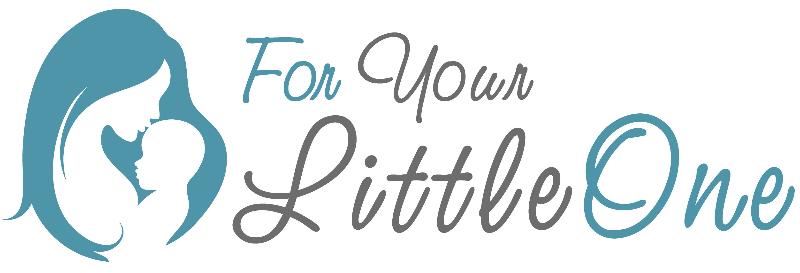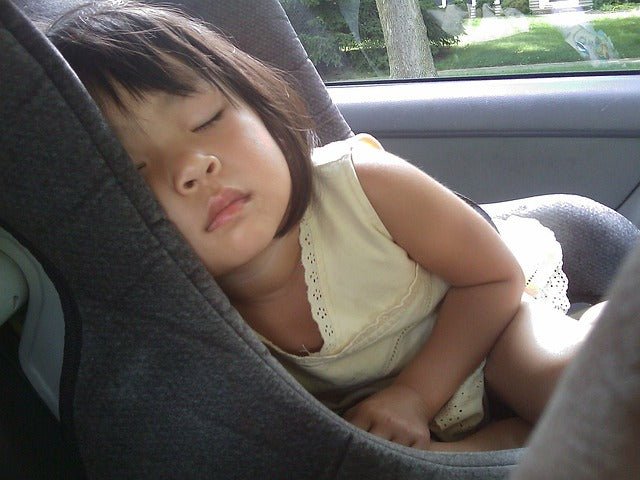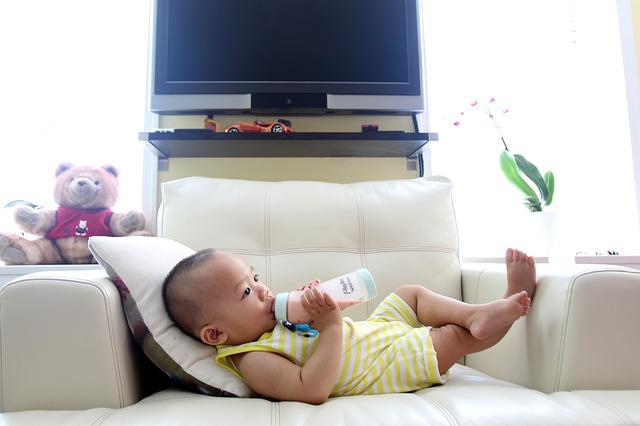Putting your little one to sleep can prove to be one of the most challenging aspects of your parenting journey. Babies become cranky when they don’t get enough sleep – more importantly, insufficient sleep can affect many aspects of your baby’s health and disrupt their growth. Infant and baby sleep times depend on many factors, including temperature – keeping your baby warm throughout the night will help them sleep better. Here is a comprehensive guide on how to keep baby warm in bed.
What is the Ideal Sleeping Temperature for Babies?
Extreme temperatures are bad for your baby’s health and comfort. Notably, overheating is associated with Sudden Infant Death Syndrome (SIDS) and is the third-leading cause of death among infants. Extreme cold can be just as bad for infants and older babies. Maintaining the ideal temperature when putting your baby to sleep is vital. The ideal sleeping temperature for babies is between 16°C and 20°C – this temperature range can feel slightly cold to an adult, but it is ideal for babies. Babies are incredibly sensitive to temperature changes, and anything above or below this temperature range can become problematic.
How to Keep Baby Warm in Bed – 4 Expert Tips
Keeping your baby warm in bed entails optimising their sleeping environment to achieve the recommended temperature levels. Here are four tested and proven tips on how to keep baby warm in bed:
Set the Recommended Room Temperature
As explained, the ideal temperature range for sleeping babies is between 16 and 20°C. Setting your thermostat to this temperature range, at least ten minutes before putting your baby to bed, is important. Using a thermometer to measure the baby’s sleeping room temperature is also prudent because thermostats and other heating solutions can malfunction.
Pre-Heat the Crib
The furniture in your baby’s sleeping room, including the crib, may be colder than the room temperature. The baby’s bed can take several hours to absorb enough heat to match the room’s temperature. However, your baby cannot wait that long to sleep. Fortunately, you can heat the baby’s crib separately. Pre-heating the baby’s crib is as simple as placing something warm on their beddings, such as a heating pad or a sealed water bottle filled with hot water. It is advisable to leave the heating object on the baby’s beddings for at least 30 minutes to ensure that they absorb enough heat. Considering the time it takes to heat the baby’s crib, a heating pad is preferable to a water bottle filled with hot water, as the hot water bottle will lose its warmth gradually, limiting the level of heat the bedding absorbs.
Dress Your Baby Properly
Your baby’s clothes also help to keep them warm by retaining their body's temperature and providing a barrier against cool drafts and the cold in general. However, dressing your baby properly for bedtime is a balancing act – too many clothes can cause overheating, while insufficient clothing can expose them to the cold. Most parents tend to overdress their babies to keep them warm. However, too many layers of clothing can cause overheating and limit the baby’s comfort. Experts recommend dressing your baby in one more layer of clothing than you are wearing – this means that you should dress the baby in two clothing layers if you are wearing one layer. However, it is worth noting that sick babies produce more body heat than healthy ones, so it is advisable to reduce their dressing layers. It is also important to cover the baby’s head and hands when dressing them for bed. Babies lose most of their heat through their heads and hands, so exposing these body parts can make them cold, regardless of whether the room temperature is ideal. The fabric type of baby clothes also matters. Cotton is the best fabric for a baby’s clothes because it is warm and comfortable. Other recommended fabrics include wool, fur, and certain synthetic blends.
Use the Recommended Bedding Materials
Ordinary bedding materials such as blankets and pillows are problematic for sleeping babies for two reasons: safety and comfort. On the one hand, blankets and other loose beddings can suffocate the child, causing brain damage or death. On the other hand, beddings can become entangled, causing discomfort. Experts recommend not using ordinary beddings until your baby is at least one year old. Instead, you should use swaddles and sleeping sacks. Swaddles and sleeping bags don’t become loose or entangled, making them safe. Wrapping your baby in a swaddle also mimics the sensation of being held close, making them feel secure and comfortable. Experts also caution parents against using ordinary mattresses and instead recommend compact alternatives. Ordinary mattresses are soft, allowing cold air to penetrate and posing the risk of smothering. It is recommendable to cover the baby’s mattress using a waterproof, well-fitted protector sheet.
Checking Your Baby’s Temperature
Optimising your baby’s sleeping temperature is a delicate balancing act, considering all the variable factors involved. As such, checking and monitoring your little one’s temperature regularly is prudent. Some of the most common signs that your baby is too hot include: Restlessness. Sweaty skin and hair. Red or flushed skin. Rapid breathing and heartbeat rates. You can also tell whether your baby is cold by touching their neck, back, and tummy. However, using a thermometer is the best way to measure your baby’s core and body temperatures. Get Everything You Need for Your Baby’s Sleep! Keeping your baby warm, comfortable, and safe when sleeping depends on many things, including their clothes and bedding materials. Your little one deserves only the best. Fortunately for you, we sell only the best baby-care products here at For Your Little One, including safe and comfortable cribs, bedding, and clothing. Explore our vast collection of baby care products, or get in touch to learn more!



